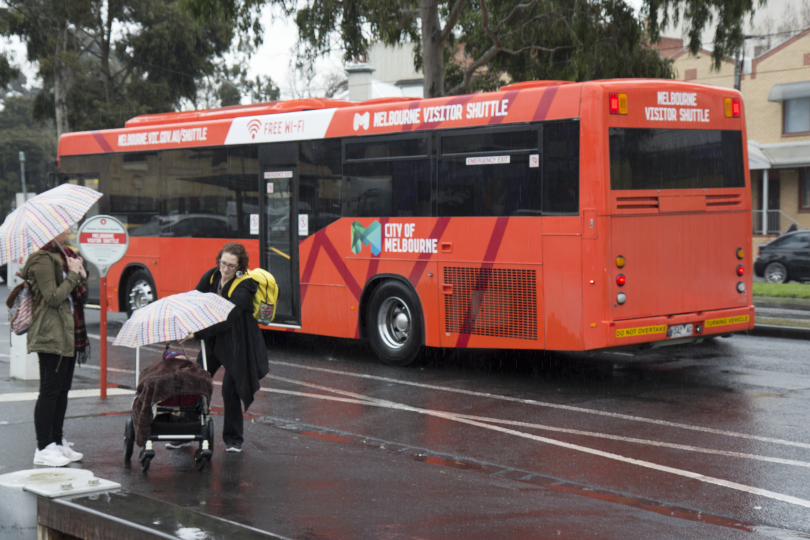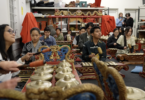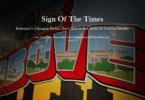Commuters are using Melbourne’s visitor shuttle as an alternative to trains and trams, despite the city council increasing fees twice in the last two years.
Patronage on the inner-city bus spiked today, after rail staff walked off the job and brought the tram network to a screeching halt.
But the formerly free-to-ride tourist bus has been struggling since a $5 fee was introduced by the council in 2013, then raising it to $10 for a 48-hour pass only recently.
Visitor activity decreased by 49 per cent within a year of the cost increase, but a shuttle driver who requested anonymity says patronage is improving because locals are fed up with public transport operators.
“You get a lot of tourists, but you also get a decent few people trying to get around who’ve had enough of Metro, and aren’t really keen on trams,” he said.
“It’s locals that are probably keeping the service afloat at this stage.”
The service is still around $5 cheaper than Myki for regular full-fare commuters, despite the two price hikes.
Unaware the tram strike was taking place, Melbourne resident Marion Cooper waited at a tram stop in the rain for 40 minutes before boarding the tourist bus.

Commuters unaware of the tram strike, waiting patiently for a service that is not running. PHOTO: Rowan Forster
Ms Cooper said she was appalled by the tram stoppages, but thankful the bus got her to her destination.
“I can see why people want to boycott Metro and Yarra Trams, even if it’s slightly less convenient,” she said.
“If they want more money, they should be stuffing their employers around, not us.”
“The bus staff looked after me and helped me get where I needed to be, and that’s much more than I can say for the tram staff,” Ms Cooper said.
The visitor shuttle runs every 30 minutes, visiting all of Melbourne’s main streets and landmarks.
The City of Melbourne plans to put the ticket fees toward a $100,000 marketing and promotion campaign for the service, which they hope will entice tourists rather than locals.
Councillor Beverley Pinder-Mortimer defended the price increase, saying customers will be happy to pay for the service.
“Capturing the Melbourne Visitor Shuttle customer with an attractive two-day ticket for $10, compared to commercial operators who charge upwards of $35, I believe is important.
“[It] would give us a marketing budget for online marketing as well as being able to project to international visitors the facility to book in advance,” Ms Pinder-Mortimer said in a statement.






